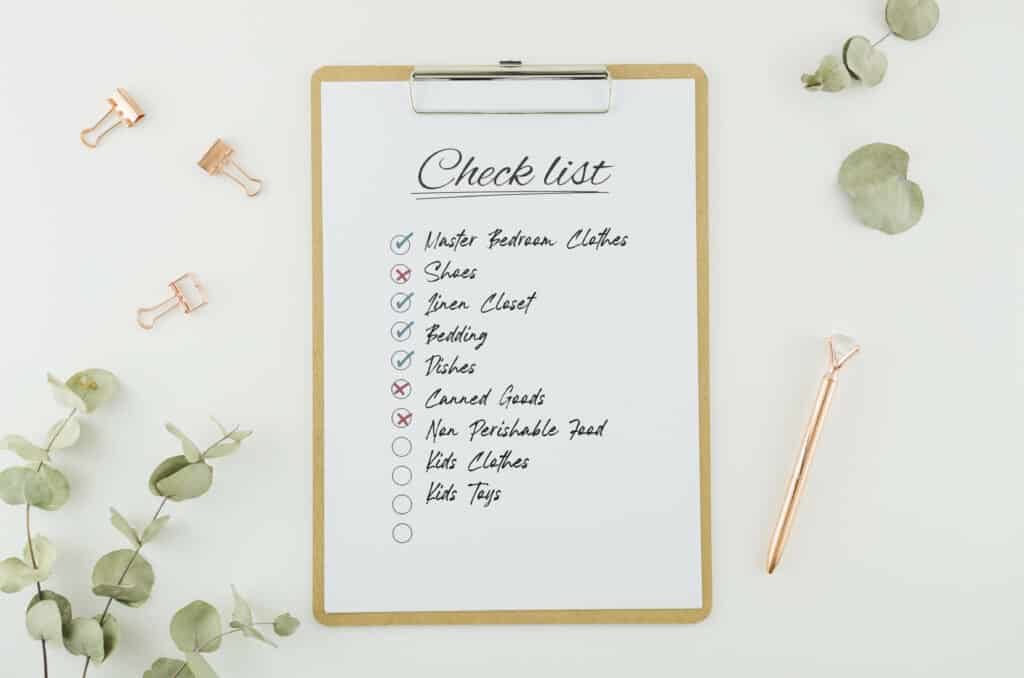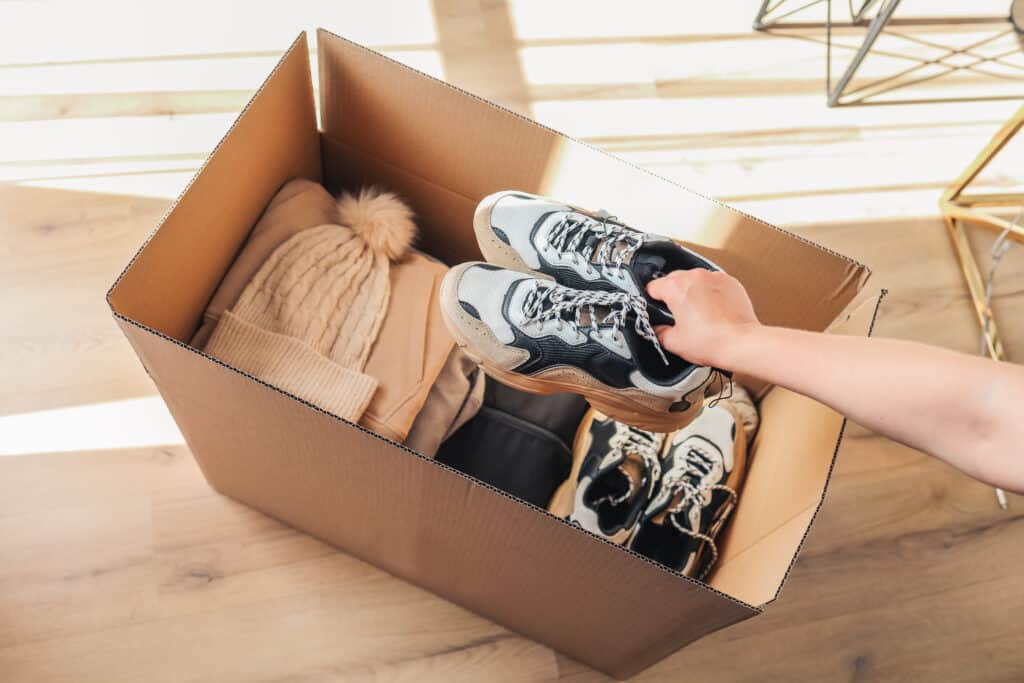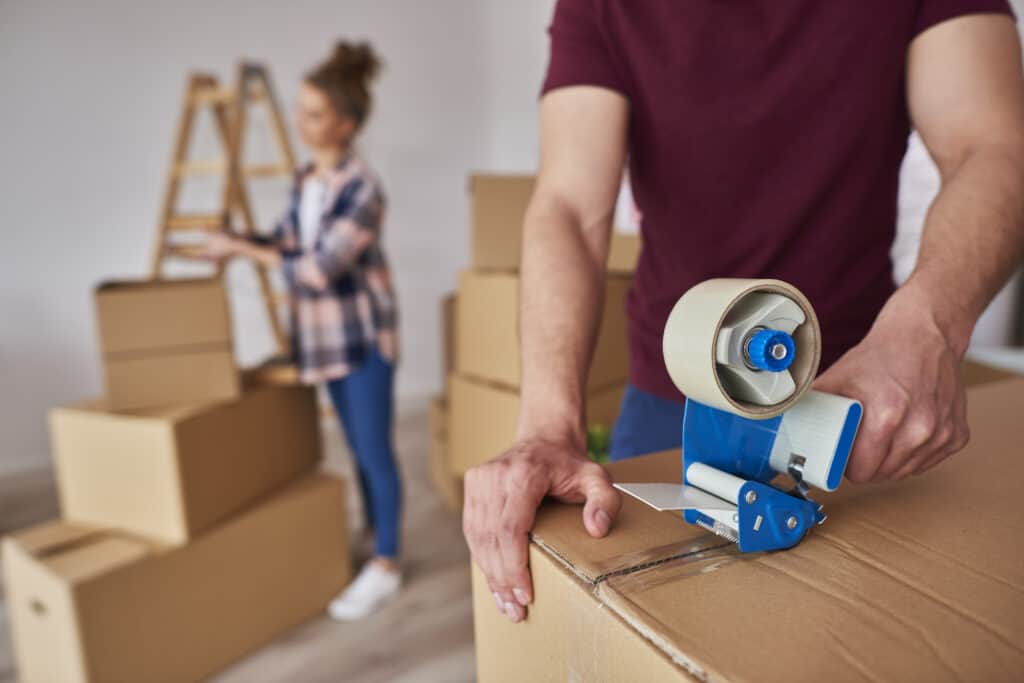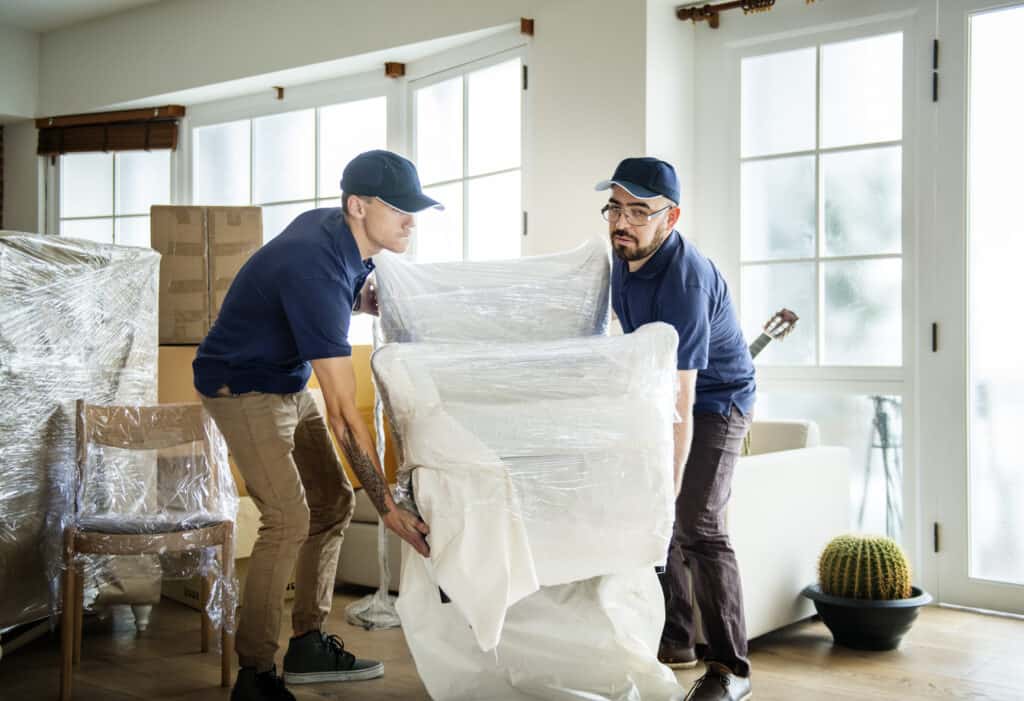10 Moving Tips From A Professional Organizer
If you’re considering a move, you may be wondering how to organize everything so that the transition is as smooth as possible. Without a plan, you might end up taking unnecessary risks or spending more money than you need to. By planning ahead, you can avoid these problems and make the move go as smoothly as possible.
One of the most important things to plan for is your budget. Moving can be expensive, so you’ll need to make sure you have enough money saved up to cover the costs. Here are some tips from a professional organizer:
1. Make A To-Do List
Making a list before a move is important because it allows you to organize your thoughts and make sure that you have everything that you need. When you are packing, it is helpful to have a list of what needs to go in each box. This way, you can avoid having to go through all of your belongings twice. Additionally, making a list helps to ensure that you do not forget anything important. Some items that should be on your list include:
- Clothes
- Shoes
- Bedding
- Toiletries
- Dishes
- Canned goods
- Non-perishable food items
- Utensils
- Pots and pans

You can also check out other amazing tips from other professional organizers for a stress-free move.
2. Sort Your Belongings
When you’re getting ready to move, it’s important to sort your belongings into categories so that you can pack them efficiently. Here are some tips for sorting your belongings:
- Start by sorting your belongings into big categories, such as clothing, furniture, kitchen items, and so on.
- Then break down each category into smaller groups. For example, with clothing you might sort by type of clothing, such as shirts, pants, and dresses.
- Once you have everything sorted, start packing up your belongings using boxes or storage bins.
- Label each box or bin with the contents and the corresponding room in your new home.
- Make sure to pack an essentials box that includes items you’ll need right away, such as toiletries, a change of clothes, and bedding.

3. The Importance of Box-Labeling
Labeling moving boxes can be a daunting task. One of the best ways to make it less daunting, is to break the job down into smaller tasks. First, decide what you want to name each box. This can be anything from “bedroom” to “books.” Once you have decided on a name for each box, use a permanent marker to label the outside of the box with its contents.
If you are labeling a lot of boxes, it may be helpful to make a list of all the contents for each box as you go. This will help you keep track of what is in each box, and where it should go when you unpack.
How to Organize your Kitchen Cabinets!
4. Packing Tape for Security and Safety
Packing tape is an essential tool when packing boxes for a move. It is important to use packing tape on all seams of the box in order to ensure that the contents stay secure during transport. Packing tape can also be used to secure flaps on boxes, and can be helpful in preventing boxes from being crushed.
In addition to using packing tape on all seams of the box, it is also important to use it on any flaps or openings. This will help to keep the contents of the box secure and prevent them from spilling out during transport.
5. Enough Supplies
Make sure you have enough boxes, packing paper, and bubble wrap to protect your belongings during the move.

6. The Packing Order
There are a few things that you can do to make packing lighter boxes and heavier boxes easier. For lighter boxes, start by folding clothes instead of rolling them. This will save space and reduce the amount of air that is being forced into the box. You can also use vacuum-sealed packs or bags to compress clothing and other items.
Pack heavier items on the bottom of boxes and lighter items on top. This will help prevent things from shifting during transport.
7. The Utility of Bubble Wrap and Peanuts
If possible, try to pack your breakable items in bubble wrap or packing peanuts to keep them safe during transport.
There are a few essentials that you’ll want to have on hand when packing for a move. Boxes, packing tape, and bubble wrap are a few of the most important supplies. Bubble wrap is great for protecting fragile items. It’s a good idea to have a few sheets on hand in case you need to wrap something up quickly.
These are just a few of the essentials that you’ll need for your move. With these supplies, you’ll be able to pack up your belongings and get them to your new home safely.

8. How to Handle Furniture
Disassemble large furniture items like beds and tables before moving them. This will make them easier to transport and less likely to be damaged.
When it comes to disassembling furniture, it can be a bit of a hassle. First, you have to identify all of the screws and bolts that are holding the furniture together. Then, you have to remove them all. After that, you have to figure out how the furniture is supposed to come apart. Sometimes, there are hidden fasteners that can be difficult to find. And finally, once you get the furniture disassembled, you have to put it back together again.
9. Get Professional Movers
When it comes time to hire professional cross country movers, there are a few things to keep in mind. First, be sure to shop around and compare prices. You may be surprised at the range of prices that different companies charge for the same service.
If you’re moving overseas, you have a bit more work to do when it comes to getting this shipped and packed properly. I highly recommend hiring a professional company with the experience to help.

Also, be sure to ask questions about the company’s policies and procedures. For example, find out how they handle deposits and refunds, and what their cancellation policy is. These are important details that can make or break your moving experience.
Finally, be sure to get everything in writing. This includes the price quote, the estimated time of arrival, and a list of what is included in the cost of the move.
10. Due Diligence With Documents
When it comes time to move, one of the most important things you’ll need to do is pack your important documents. This includes items like your birth certificate, driver’s license, passport, and social security card. You’ll also want to pack any other important papers, like bank statements, tax records, and mortgage documents.
It’s important to keep these documents safe during your move, so be sure to pack them in a waterproof and sturdy container. You might also want to make copies of important documents, just in case something happens to the originals during the move.
Once you have your documents packed up, be sure to label the container clearly so you know where it is.
Summary: The Key Points
Making a move can be very stressful, but with a few simple tips, it can be stress-free. First, start by decluttering your home. Get rid of anything you don’t need or use and box up any extra furniture. This will make packing and moving much easier.
Next, create a moving checklist and follow it step by step. This will ensure that nothing is missed and that the move goes smoothly. Finally, hire a reputable moving company and relax. They will take care of everything for you. With these tips, you can make your next move stress-free!


